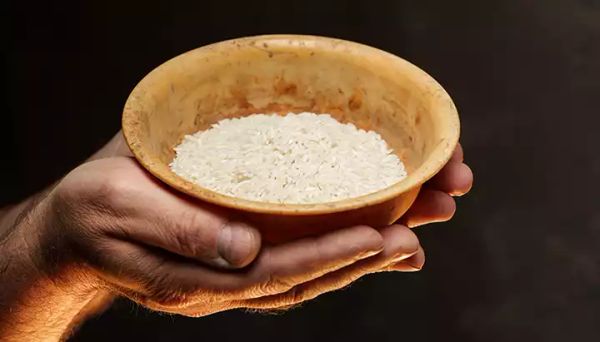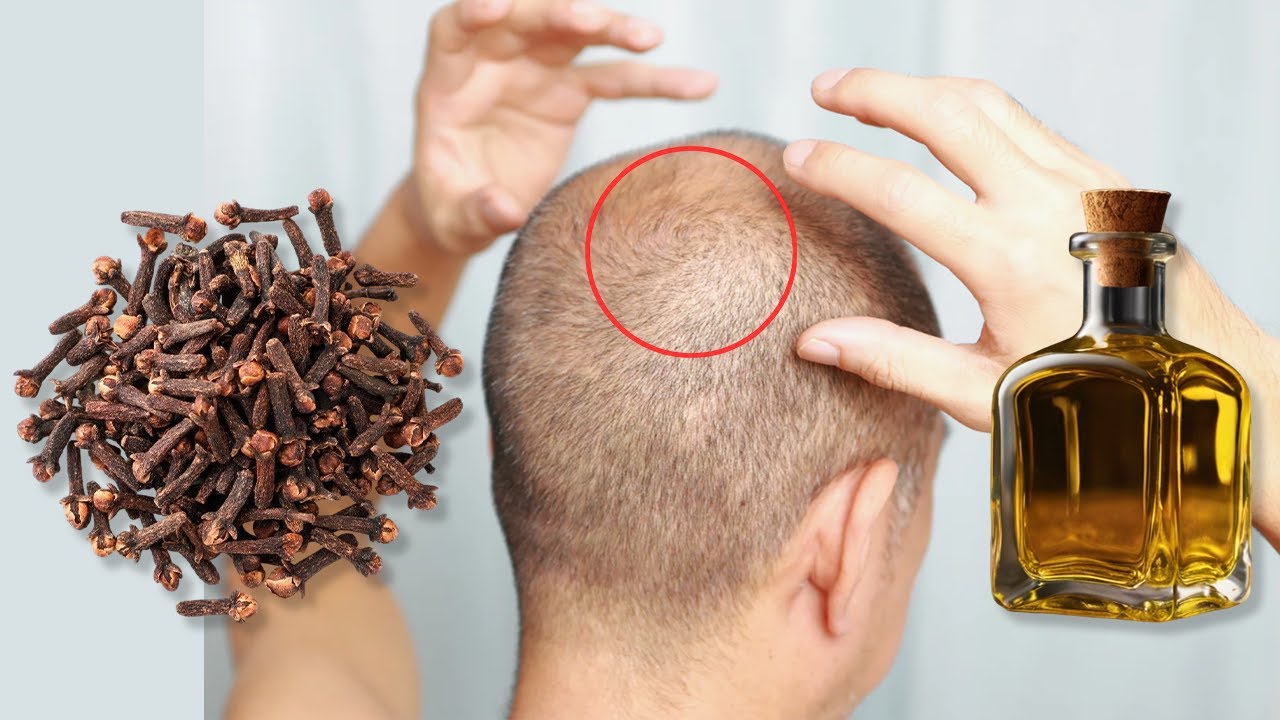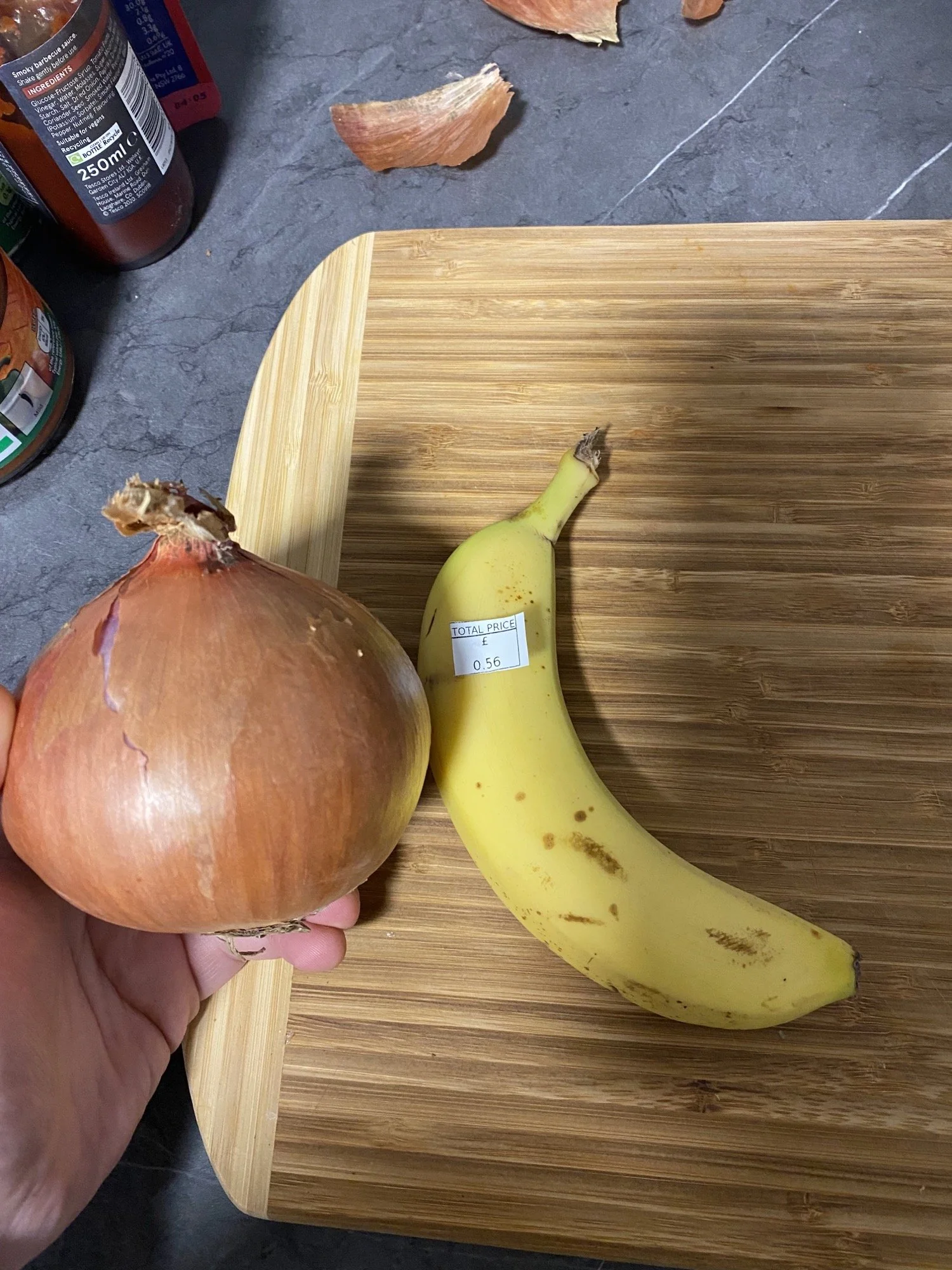
As we grow older, it becomes more important than ever to take care of our health. That’s why it’s crucial to know how to identify fake rice, sometimes referred to as “plastic” rice, that can pose significant health risks. In this comprehensive guide, we will provide you with practical tips on how to distinguish real rice from its counterfeit counterpart.
Understanding Plastic Rice
What is Plastic Rice?
Plastic rice is allegedly made from synthetic materials such as plastic resins and can look like real rice. It is said to be produced by mixing potatoes, sweet potatoes, synthetic resin, or plastic together. The main concern is that regular consumption of plastic rice could lead to health problems.
Tips for Identifying Real Rice
1. Water Test
Method: Drop a tablespoon of rice into a glass of cold water. Real rice will sink to the bottom, while plastic rice will float because plastic is less dense than water.
Why It Works: This test takes advantage of the density differences between real rice grains and potential plastic materials.
2. Fire Test
Method: Take a few grains of rice and hold them over a flame with a pair of tongs. If the rice burns and smells like burnt hair, it’s real rice. If it smells like burning plastic, it might be fake.
Why It Works: Real rice is made of organic material that burns, while plastic emits a distinctive chemical odor when burned.
3. Mold Growth Test
Method: Cook a small sample of rice and keep it in a warm, moist place for a few days. If mold develops, the rice is real; synthetic materials will not show mold growth.
Why It Works: Real rice contains organic compounds that are susceptible to natural decay and mold, unlike synthetic materials.
4. Boiling Test
Method: Observe the rice during the boiling process. Real rice will remain mostly intact and become softer as it cooks. Fake rice might form a thick layer at the top of the water or maintain its original hardness.
Why It Works: Plastic materials may not behave like natural rice grains under high temperatures.
5. Oil Test
Method: Heat some oil in a pan (around 200 degrees Celsius) and drop some rice into it. Real rice will fry in a typical manner, either floating or sinking, while plastic rice will melt and stick at the bottom of the pan.
Why It Works: The melting point of plastic is lower than frying temperatures, causing it to melt when exposed to such heat.
By following these simple tests, you can ensure the authenticity of the rice you consume and safeguard the health of yourself and your family. While reports of plastic rice remain rare and often debunked as rumors, it’s still important to stay vigilant. Food standards agencies around the world continue to monitor and test rice supplies to ensure safety and authenticity.
So next time you’re in the market for some rice, remember these tips and make informed choices. Stay safe and enjoy your meals with peace of mind!



